What are requirements for grade 5 Vietnamese Language subject?
What are requirements for grade 5 Vietnamese Language subject?
First, the 2018 Program follows Circular 32/2018/TT-BGDDT.
Additionally, according to Article 2 of Circular 32/2018/TT-BGDDT, the roadmap for implementing the 2018 General Education Program (referred to as the 2018 Program) is stipulated as follows:
- Starting from the 2020-2021 school year for Grade 1.
- Starting from the 2021-2022 school year for Grades 2 and 6.
- Starting from the 2022-2023 school year for Grades 3, 7, and 10.
- Starting from the 2023-2024 school year for Grades 4, 8, and 11.
- Starting from the 2024-2025 school year for Grades 5, 9, and 12.
In the 2024-2025 school year, the last three grades, Grade 5, Grade 9, and Grade 12, will officially implement the 2018 Program instead of the 2006 General Education Program (2006 Program) according to Decision 16/2006/QD-BGDDT as in the 2023-2024 school year.
At that time, starting from the 2024-2025 school year, all grades in general education will implement the 2018 Program.
Similar to the requirements for Grade 4 Vietnamese, the requirements for Grade 5 Vietnamese (both belonging to the primary level) are based on Section V of the Vietnamese Language Education Program issued with Circular 32/2018/TT-BGDDT. The requirements for Grade 5 Vietnamese are as follows:
*Requirements for Main Qualities and General Capacities
The Vietnamese Language subject contributes to forming and developing in students the main qualities and general capacities at levels appropriate to the subject and education level as stipulated in the overall program.
Additionally, based on Section IV of the Vietnamese Language Education Program issued with Circular 32/2018/TT-BGDDT, the specific capacities required after completing the Grade 4 Vietnamese education program include:
[1] Required Language Capacity:
- Read correctly, fluently, and expressively; understand the main content of the text, mainly explicit content; initially understand implicit content such as the theme and lessons conveyed.
- In primary education, reading requirements include reading techniques and comprehension skills. For early grades (Grade 1, Grade 2), focus on correct reading at an appropriate speed and understanding simple text content.
For students in Grades 3, 4, and 5, more emphasis is placed on understanding specific content, grasping the theme, and drawing lessons from the text.
- From Grades 1 to 3, spell correctly, use vocabulary and grammar; write some sentences and short paragraphs. In Grades 4 and 5, begin to write complete short essays, mainly narratives, descriptions, and simple introductions.
- Write texts recounting read stories, witnessed events, imagined stories; describe familiar objects and phenomena; introduce objects and activities close to students' lives.
- Write paragraphs expressing students' emotions and thoughts after reading a story or poem, witnessing an event that evokes feelings; give opinions on simple issues in learning and life; write various document types like self-reports, messages, invitations, schedules, applications; initially know how to write using the process; essays should contain three parts (introduction, body, conclusion).
- Clearly present ideas and emotions; initially know how to use appropriate gestures and body language; clearly recount read or heard stories; share, exchange feelings, attitudes, thoughts on discussed issues; explain a subject or process simply.
- Listen and understand with appropriate attitudes and grasp the main content; recognize the speaker's emotions; know how to respond to what has been heard.
[2] Required Literary Capacity:
- Distinguish between story and poetry texts (prose and verse texts); recognize the content of texts and the writer's attitudes and feelings; initially understand the effects of some formal elements in literary texts (language, character, plot, rhyme, comparisons, personifications). Know how to associate, imagine, and express literary qualities in writing and speaking.
- For Grade 1 and Grade 2 students: identify who and what the text is about; recognize characters in stories and rhymes in poetry; distinguish between stories and poetry.
- For Grade 3, Grade 4, and Grade 5 students: know how to read texts expressively; retell, summarize the main content of stories or poems; comment on characters, events, and the writer's attitudes and feelings in texts; identify time and place, some styles of rhyme, beautiful and unique words and images, and the effects of rhetorical devices like personification and comparison.
- Understand the meaning or lessons from texts. Write paragraphs and essays narrating stories, describing emotions, and reflecting imaginative and associative abilities.
>>>In conclusion, the requirements for Grade 5 Vietnamese need to meet two main parts: [1] Main Qualities and General Capacities [2] Specific Capacities, which include language and literary capacities.
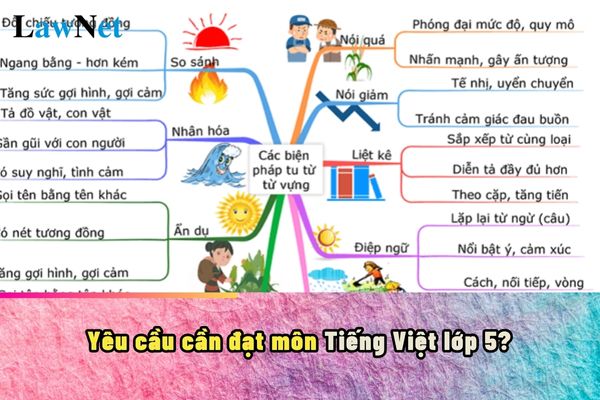
What are requirements for grade 5 Vietnamese Language subject? (Image from the Internet)
What are requirements for choosing materials for grade 5 Vietnamese Language subject?
Vietnamese Language is the name from Grades 1-5; in secondary and high school, it is called Literature.
According to Section VIII, Appendix of the Vietnamese Language Education Program issued with Circular 32/2018/TT-BGDDT, the requirements for choosing materials for grade 5 Vietnamese Language subject are as follows:
In addition to ensuring the criteria stated in Section V, teaching materials in Literature need to meet the following requirements:
- Ensure a reasonable ratio between literary texts and informational and argumentative texts. In literary texts, pay attention to a relative balance between main genres (stories, poems, memoirs, plays), between medieval and modern literature, between folk and written literature, between Kinh and minority literature, between Vietnamese and foreign literature, East and West. “Balance” refers to an appropriate proportion, not an equal ratio. Materials for all grades must include stories and poems.
Besides stories and poems, each education level must include memoirs or plays. Prioritize modern and contemporary Vietnamese literature at primary and early secondary levels. Limit the repetition of texts across different grades and levels.
- Ensure text suitability with the program's developmental requirements and study duration. The complexity of reading texts increases yearly. The time allotted to study a text must align with its length and complexity, allowing teachers to help students fully and deeply grasp the texts, ensuring students have the opportunity to read selected works directly and comprehensively. Limit the teaching of excerpts unless they are large works like novels, memoirs, epics, for example, Nguyen Du's Truyen Kieu.
- Ensure the inheritance and development of existing Literature programs. The program refers to 9 authors and works studied in current programs and textbooks, selecting and adding some significant, exemplary authors and works representing national literary achievements over periods for school teaching at three levels: mandatory works (authors, textbooks, and teachers must implement according to program regulations); mandatory choice works (textbook authors must choose works of specified authors in the program); suggested choice works (textbook authors freely choose works according to the program's suggested list).
For three authors, Nguyen Trai, Nguyen Du, and Ho Chi Minh at the high school level, there are additional introductory summaries of the authors.
Based on the requirements for each grade and the specified lists of mandatory works and mandatory choice works, textbook authors select additional suitable texts recommended within or outside the program's suggested list. Teachers and students may choose to read some expanded texts fitting the program and age requirements for group or class discussions.
What are criteria for choosing texts for grade 5 Vietnamese Language?
According to Section IX, Appendix of the General Education Literature Program issued with Circular 32/2018/TT-BGDDT, text selection suggestions for teaching Grade 5 Vietnamese Language are as follows:
- Based on text selection criteria (stated in Section V) and text selection requirements (stated in Section VIII), the program constructs a suggested text list (material) for each grade.
This list is not all the materials for each grade but serves as examples illustrating the types, genres, topics, and suitability to age psychology and cognition; aiming to meet reading, writing, speaking, listening requirements for each grade.
To facilitate flexible material selection, the texts are suggested according to grade groups: Grades 1, 2, and 3; Grades 4 and 5; Grades 6 and 7; Grades 8 and 9; Grades 10, 11, and 12 (Text titles are listed alphabetically).
Textbook authors can reference this list to select and find additional texts equivalent in genre and difficulty to compile, provided they meet the criteria (stated in Section V) and text selection requirements (stated in Section VIII).
- Suggested texts (materials) in this list are arranged by type and genre (stories, poems, plays, memoirs, arguments, information).
The number of texts in each type and genre varies depending on the program requirements.
The list includes new and currently used texts in textbooks (redistributed to fit grade requirements), ensuring a harmonious balance between inheritance and innovation. For informational texts, the list only specifies topics and types, leaving specific text choices to textbook authors.
Authors' names in this list appear only once across three education levels, except for some compulsory author works specified in the program.
To guide textbook authors in selecting texts appropriate for grade groups, this list provides distribution suggestions for required texts.
GRADES 4 AND 5
GRADES 4 AND 5
*Stories, Prose
- Chuyện của Thần Nông (Vietnamese Folktale)
- Con yêu bố chừng nào (Guess how much I love you) (Picture Book - Sam McBratney, A. Jeram)
- Có con giun đất (Vietnamese Folk Humor)
- Điều ước của vua Midas (King Midas and his golden touch) (Greek Mythology)
- Kì diệu rừng xanh (Nguyen Phan Hach)
- Một người chính trực (Quynh Cu, Do Duc Hung)
- Mua kính (Vietnamese Folk Humor)
- Những ngày thơ ấu (Nguyen Hong)
- Những tấm lòng cao cả (Heart) (E. Amicis)
- Phân xử tài tình (Vietnamese Folktale)
- Quê nội (Vo Quang)
- Sự tích cây nêu ngày Tết (Vietnamese Folktale)
- Thái sư Trần Thủ Độ (Ngo Si Lien)
- Thư gửi các học sinh (Ho Chi Minh)
- Thương nhớ ngón tay (Excerpt from Vừa nhắm mắt vừa mở cửa sổ - Nguyen Ngoc Thuan)
- Tottochan cô bé bên cửa sổ (Totto-chan: The Little Girl at the Window) (K. Tetsuko)
- Trong rừng rậm (Excerpt from "The Jungle Book" - R. Kipling)
- ...
*Poetry, Proverbs, Riddles
- Bài ca về trái đất (Định Hải)
- Bè xuôi sông La (Vũ Duy Thông)
- Biển (Khánh Chi)
- Bến cảng Hải Phòng (Nguyễn Hồng Kiên)
- Ca dao về tình cảm gia đình
- Cao Bằng (Trúc Thông)
- Câu đố dân gian về sự vật, hiện tượng
- Chợ Tết (Đoàn Văn Cừ)
- Dòng sông mặc áo (Nguyễn Trọng Tạo)
- Em nghĩ về trái đất (Nguyễn Lãm Thắng)
- Lượm (Tố Hữu)
- Sắc màu em yêu (Phạm Đình Ân)
- Tiếng đàn ba-la-lai-ca trên sông Đà (Quang Huy)
- Trẻ em hôm nay, thế giới ngày mai (Phùng Ngọc Hùng)
- Truyện Kiều (Nguyễn Du)
- Truyện cổ nước mình (Lâm Thị Mỹ Dạ)
- Trước cổng trời (Nguyễn Đình Ảnh)
- ...
*Plays
- Cáo bị rơi xuống giếng (The Fox Fell Into the Well) (Aesop)
- Con chim xanh (The Blue Bird) (M. Maeterlinck)
- Hoàng tử - Công chúa và chín vị thần... bị bắt (Minh Phuong)
- Lòng dân (Nguyen Van Xe)
- Người công dân số Một (Ha Van Cau - Vu Dinh Phong)
- ...
*Informational Texts
- Texts introducing books, films.
- Instructional texts (simple) outlining the steps to perform a task or use a product.
- Thank you or apology letters, greeting letters; requests (for leave, admission); invitations, work reports, activity programs.
- Texts explaining a natural phenomenon.
- Texts introducing a process.
- Advertisement texts (flyers, posters,...).
- ...
>>> DOWNLOAD the General Education Literature Program issued with Circular 32/2018/TT-BGDDT.
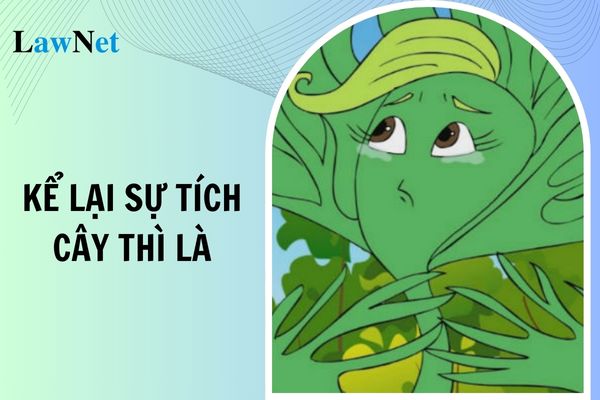
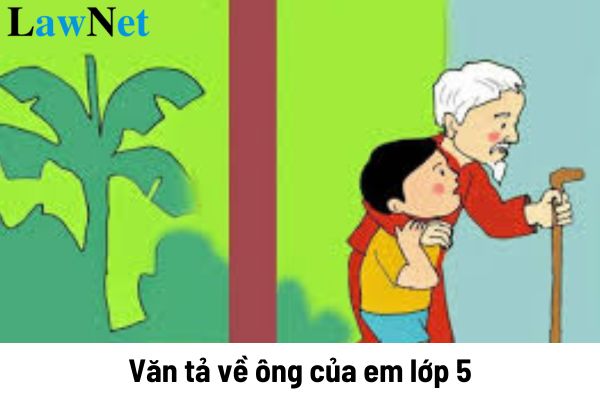
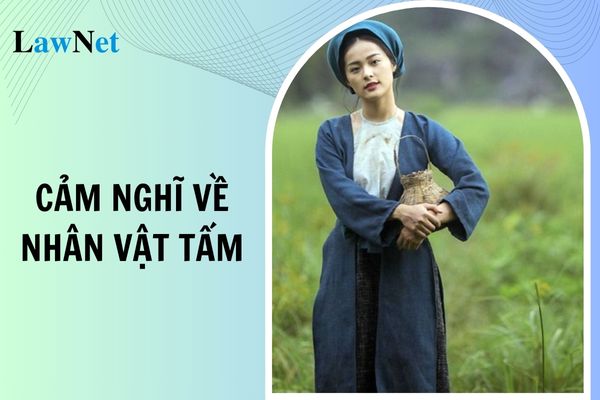

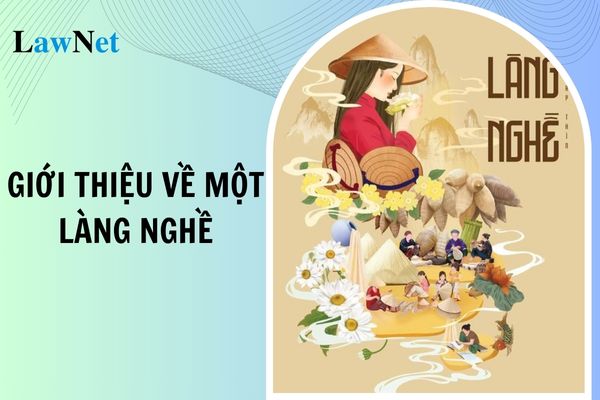
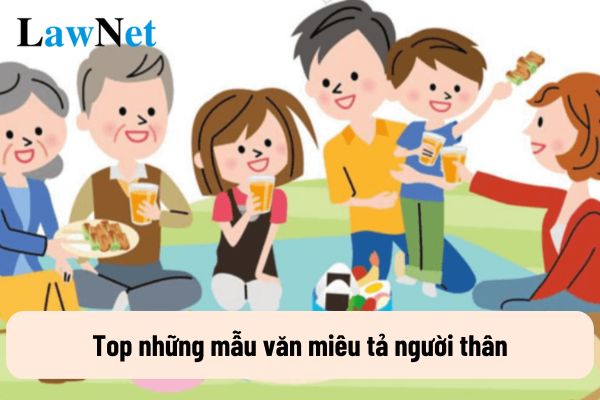




- Vietnam: What is the sample report on a modern literary matter - innovations and renovations in the short stories "Chiếc thuyền ngoài xa" and "Một người Hà Nội"?
- Vietnam: What are the 05 sample 600-word argumentative essays on negative issues among youth today? How many types of texts are there in the content of the 12th-grade Literature curriculum?
- Vietnam: What are the best sample paragraphs about your family for 6th-grade students? What elective subjects do 6th-grade students learn?
- Vietnam: What are the best sample self-introductions in English for 5th-grade students? What topics are covered by the 5th-grade English curriculum?
- Vietnam: What are the sample imaginary paragraphs on Tin-tin and Mi-tin entering the magical garden for 4th-grade students? What are the 05 essential qualities required for 4th-grade students?
- Vietnam: What are the guidelines for preparing the briefest lesson "A Strange Tale of the Fisherman's House/Truyện lạ nhà thuyền chài"? What is the eligibility for lower secondary graduation recognition for 9th-grade students?
- What are the enrollment methods of Pham Ngoc Thach University of Medicine in 2025?
- Vietnam: What are the sample 1st end-of-semester question papers of 9th-grade Literature? What is the form of assessment for 9th-grade Literature?
- Vietnam: What are the 10 sample 200-word social argumentative paragraphs on the strength of discipline? Is improving manpower one of the goals of education?
- What are the sample social argumentative essays on a social issue raised from a literary work in the 8th-grade Literature curriculum in Vietnam?

